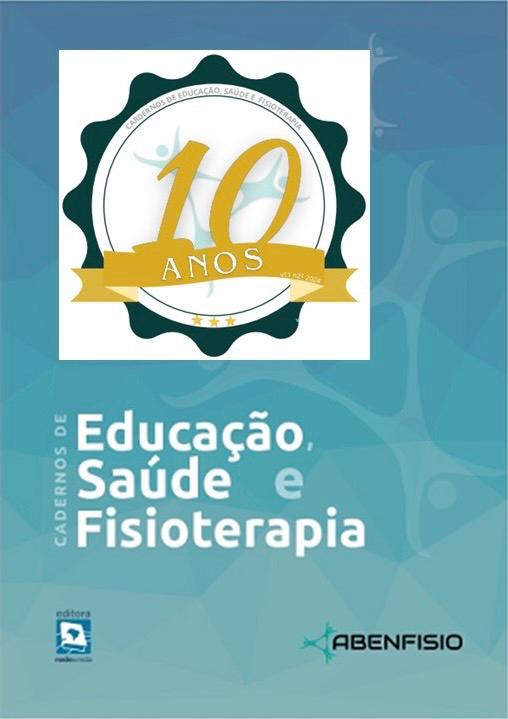UROGYNECOLOGICAL SYMPTOMS AND PELVIC FLOOR MUSCLE TENDER POINTS IN WOMEN WITH AND WITHOUT FIBROMYALGIA: A CONTROLLED CROSS-SECTIONAL STUDY
a controlled cross-sectional study
DOI:
https://doi.org/10.18310/2358-8306.v11n21.a13Palavras-chave:
Pain, Urinary Incontinence, Overactive Bladder Symptoms, Quality of Life, RehabilitationResumo
Aims: To compare the urinary, sexual, and vaginal symptoms frequency, Pelvic Floor Muscles (PFM) tender points, and pain severity in women with and without fibromyalgia. Methods: Cross-sectional study composed of women with fibromyalgia (fibromyalgia group – FMG) and without it (control group – CG) assessed by: a) sexual (Female Sexual Function Index – FSFI); b) vaginal (International Consultation on Incontinence Questionnaire ICIQ-Vaginal Symptoms); c) urinary (ICIQ: Urinary Incontinence Short Form ICIQ-UI SF and ICIQ-Overactive Bladder ICIQ-OAB); d) quality of life (King’s Health Questionnaire – KHQ), as well as digital palpation assessment of tone (average, increased or decreased), tender points (position by clock-face), and pain severity (numeric rating scale – NRS). Statistical analysis included Student’s t-test, Wilcoxon-Mann-Whitney’s, Logistic Regression, and Spearman’s Correlation (significance level: 5%). Results: Of the 84 women enrolled, 39 FMG and 39 CG completed the study. No differences in urinary or vaginal symptoms were found. FMG presented lower FSFI (FMG: 7.2; CG: 21.6; p<0.001), more PFM tender points (FMG: 10 (25.6%); CG: 1 (2.6%); p=0.03), more excellent quality of life impairment (FMG: 5, CG: 4; p=0.01) and sleep/energy (FMG: 5, CG: 2, p<0.01) both KHQ domains. The pain severity was FMG: 4 (1-6); CG: 7(7); p=0.05. Conclusion: More PFM tender points, more significant impairment in sexual function, as well as in the quality of life were all more frequent in women with fibromyalgia when compared to healthy controls. However, the correlation between sexual function and PFM pain was low.
Downloads
Publicado
Edição
Seção
Licença
- Autores mantém os direitos autorais e concedem à revista o direito de primeira publicação, com o trabalho simultaneamente licenciado sob aLicença Creative Commons Attribution que permite o compartilhamento do trabalho com reconhecimento da autoria e publicação inicial nesta revista.

